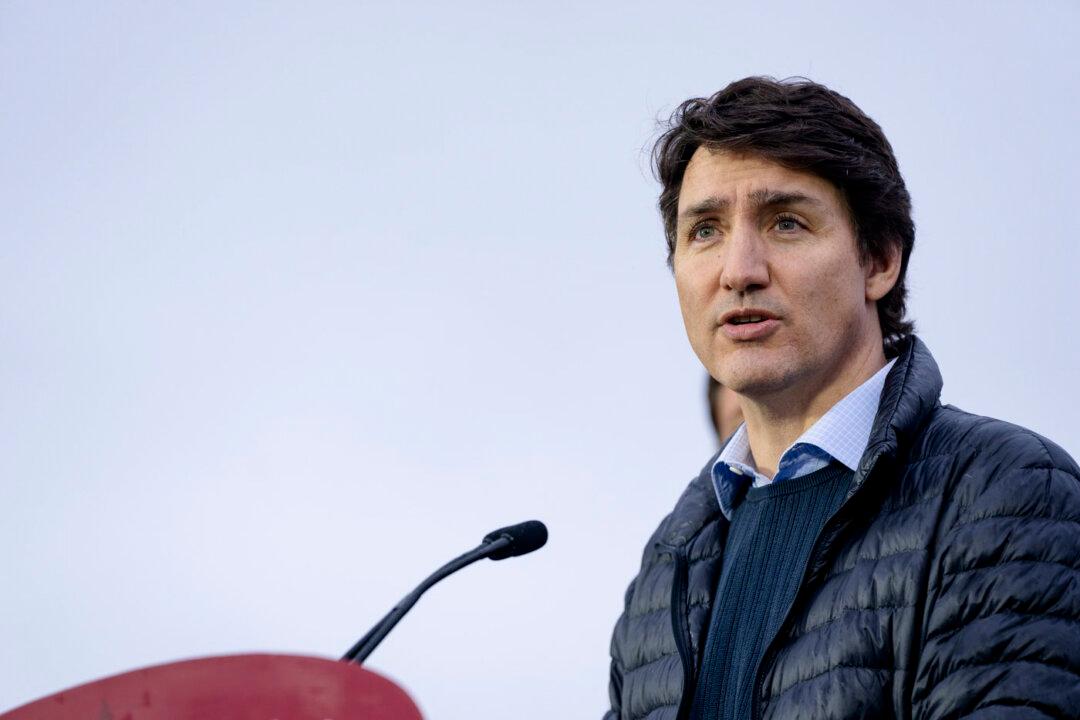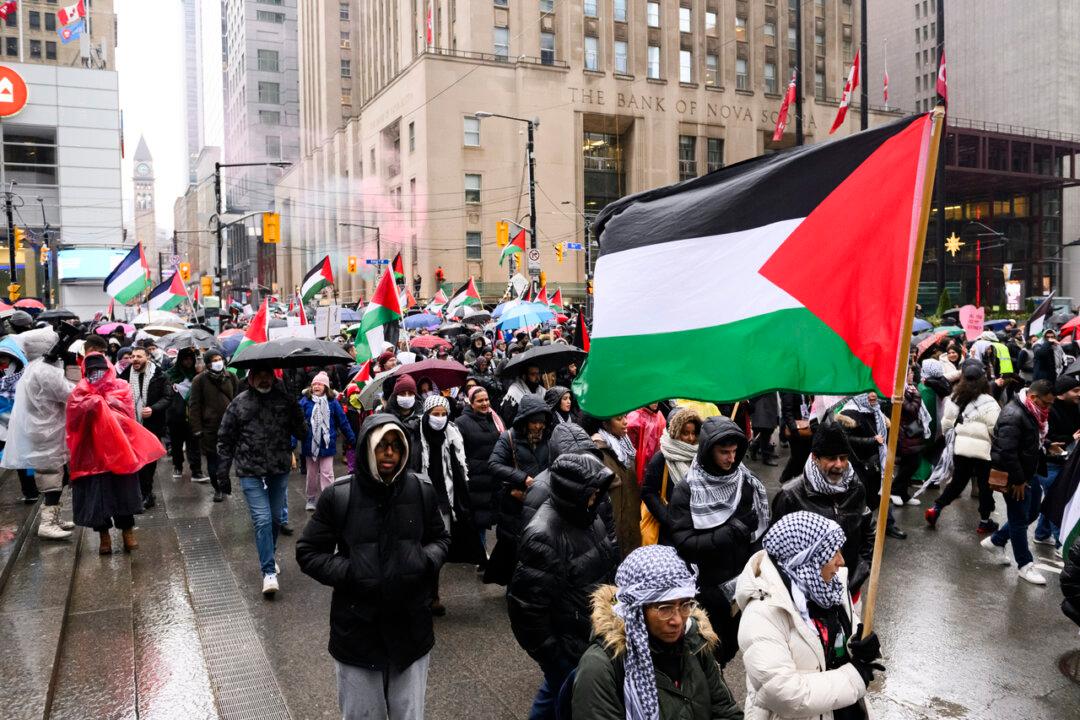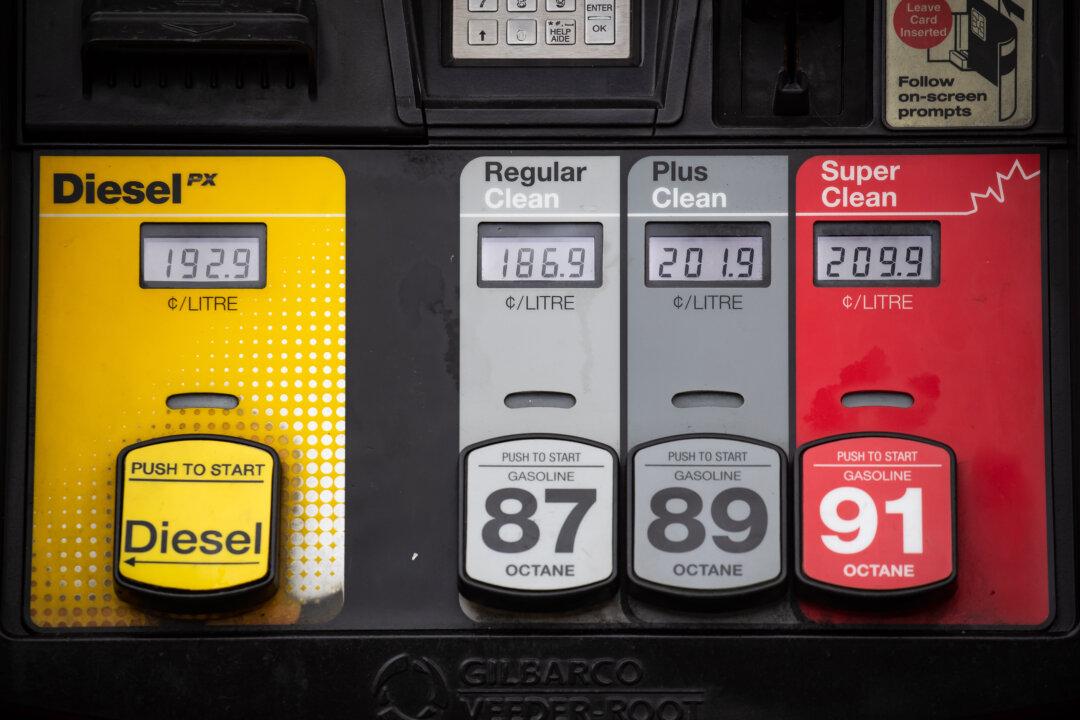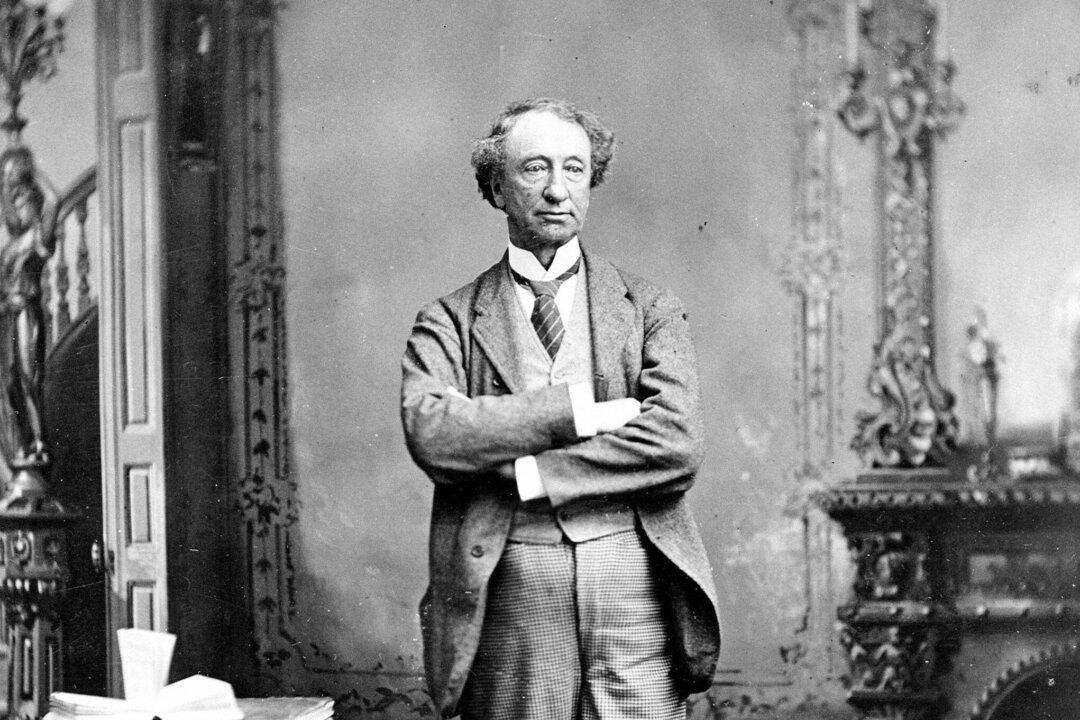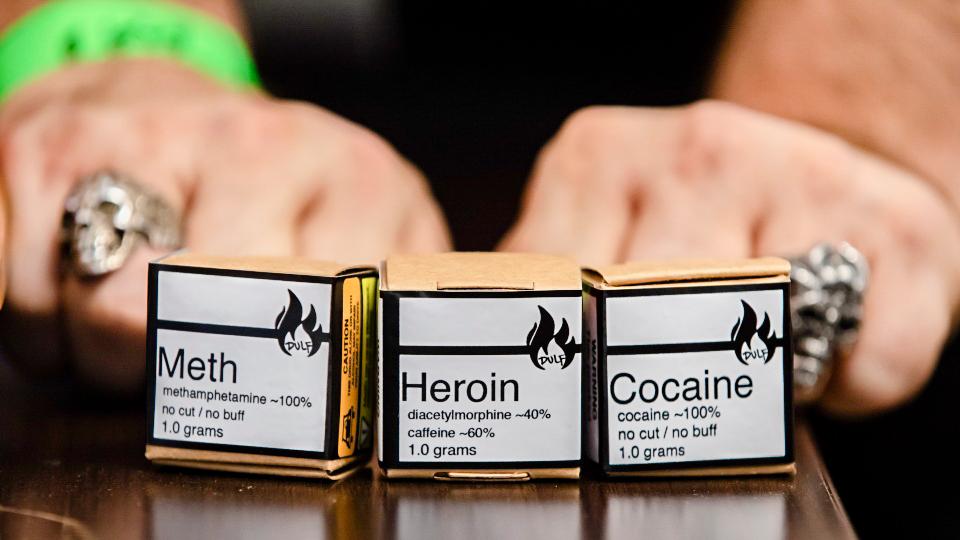Prime Minister Justin Trudeau has pledged $73 billion in new spending for the Canadian Armed Forces (CAF) over 20 years as part of the upcoming federal budget, saying that Canada will shift its military focus to Arctic security.
Mr. Trudeau announced Canada’s new defence strategy, entitled, “Our North, Strong and Free” which puts far more emphasis on Arctic issues, including asserting Canadian sovereignty over the Arctic and working with the United States to defend the North American continent by upgrading NORAD. The strategy also identifies both China and Russia as potential threats.
